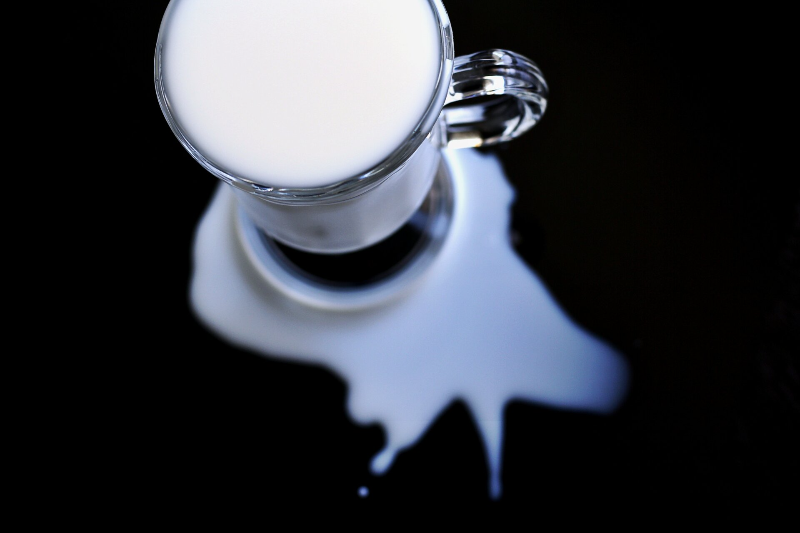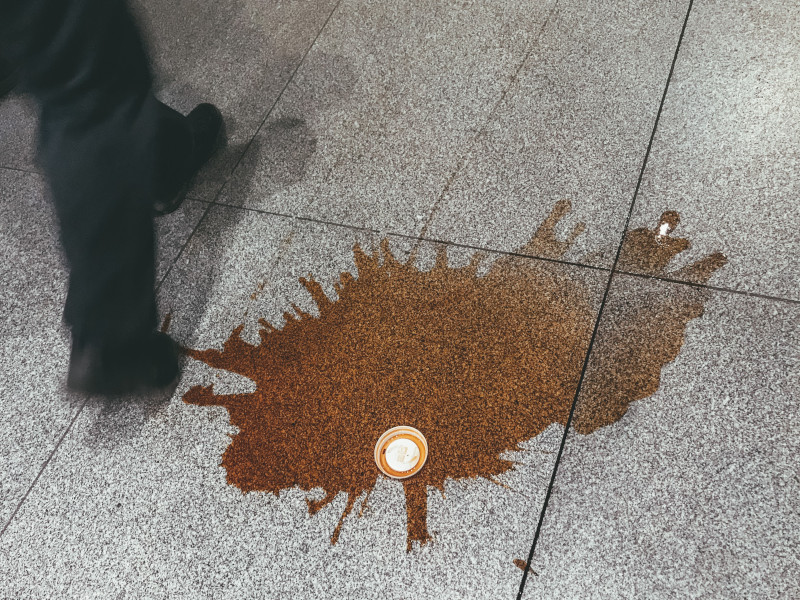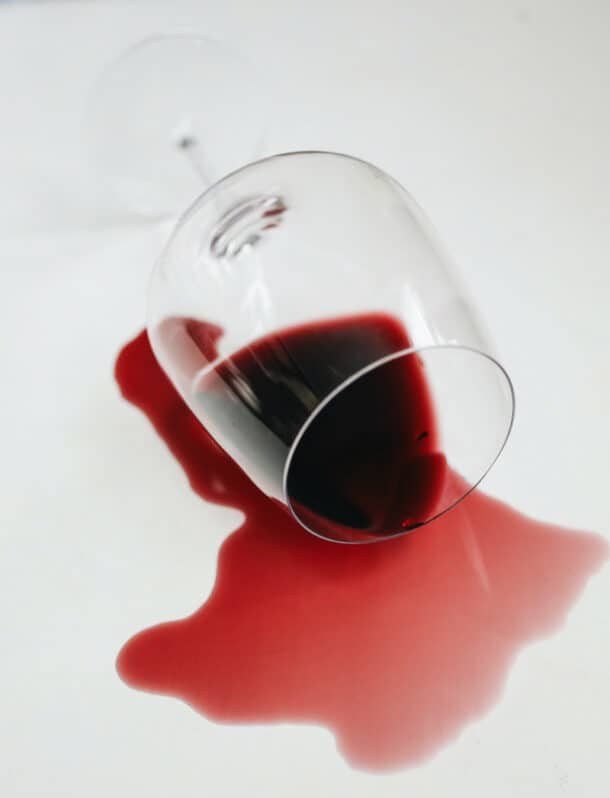Spills are common on kitchen surfaces. However, stains on stone surfaces are a different story. Cleaning stone surfaces with the wrong cleaner could lead to damaging or dulling the finish of the stone. When it comes to removing stains from marble, quartz and other stone surfaces, it’s pertinent that you first identify the stone and then the type of spill.
Our interactive guide below the image has descriptions of the most common forms of stone found in homes.
One of the most abundant natural stones on the planet. It ranks a 7 on the Mohs scale of hardness. It is generally resistant to stains if wiped up within a few minutes.
A sedimentary rock that is porous in nature. It is very susceptible to staining and etching.
Made of metamorphic limestone and very porous in nature. It is susceptible to staining if not treated and sealed regularly.
Highly stain-resistant and does not require sealing. It is not stain-proof (for example, it can be permanently stained by permanent markers).
Composed almost entirely of quartz in various forms. It is remarkably hard and rates from 7-8 on the Mohs scale. It is also very stain resistant.
A man-made quartz composed of crushed natural quartz, color pigments and resin. It is very hard and stain resistant.
A very soft material composed primarily of talc. It can easily be scratched however; it is non-porous and stain resistant.
A type of limestone formed by hot springs. It is also very porous and is subject to staining if not sealed often.
NOTE: Before applying any cleaning method, always test a small, inconspicuous area first.
Once you’ve identified the spill, immediately blot it with a paper towel. Don’t wipe the surface as this can cause the spill to spread and cause staining. After blotting the surface, flush it with plain water and mild soap, and then rinse it several times. Dry the area thoroughly with a soft cloth. Repeat as necessary. If the stain remains, refer to the recommendations below.

Here is a list of common problem stains and how to deal with them:
ORGANIC STAINS – Those caused by tea, coffee, soft drinks, tobacco, fruit juices, food, paper or textiles, urine, leaves, bark, and bird droppings. These types of substances may cause a pinkish-brown stain.
Remedy: Apply a half-inch thick layer of poultice over the stained area. Poultice is an absorptive clay that is designed to remove surface stains, and deep-set oil and grease stains without scrubbing. It can also remove grout haze. Poultice is a non-acidic stain remover and is very effective on all natural stone and tile surfaces.
Application: After application of the poultice, cover the area with plastic kitchen wrap and then tape it down with masking tape. This keeps the paste from drying out too fast. After 24 hours, remove the plastic and the poultice and then wash off the surface with warm water. If the stain is lighter but still noticeable, repeat the application.
OILY STAINS – Those caused by milk, butter, cooking oil, greasy foods, hand lotions, mustard, tar, cosmetics and similar oily substances. These types of stains tend to penetrate surfaces more than other stains due to their oiliness and can darken the stone.
Remedy: Thoroughly wash off all the material causing the stain, then wash the surface with household ammonia and rinse with plenty of hot water. If the stain gets lighter, repeat the washing process.
Additional Remedies: If the ammonia doesn’t do the trick, try applying a poultice using acetone mixed with whiting to form a thick paste. Cover promptly with plastic and leave it in place for at least 24 hours. Remove the poultice by rubbing with a dry cloth. Repeat the process if some stain still remains.
RUST STAINS – These stains tend to appear yellow or light brown on marble or other stone surfaces.
Remedy: Use a poultice made by mixing a liquid rust remover sold in hardware stores with powdered whiting. Leave in place overnight and then rub off with a dry cloth.
SMOKE & SOOT – Typically seen on/around fireplaces.
Remedy: Attempt to remove the stain with detergent, warm water, and a soft scrub brush. If that doesn’t remove the stain, cover it with a poultice made by mixing baking soda with fresh liquid laundry bleach to form a thick paste. Spread a thick coating of the mixture over the stained area and then cover with damp cloths. Leave the mixture covered in cloths in place overnight, then wash with water or scrape it off with a wood or plastic spatula. Make sure to rinse the area with lots of warm water.
Poultice powder home recipe
Mix baking soda with fresh liquid laundry bleach to form a thick paste. Or, you can mix powdered whiting (sold in almost all paint stores) with either a bleach or solvent. Once created, spread the poultice over the stained area in a thick layer, then cover with damp cloths. Leave it in place overnight, then wash it off with water or scrape it off with a wood or plastic spatula.
Know your stone surfaces and how to clean them.
You can also learn what types of cleaners are safe for each surface in your home in our blog, How to disinfect, not damage your home surfaces.
Sources:
Natural Stone Institute
Allied Stone Inc.
New York Times


